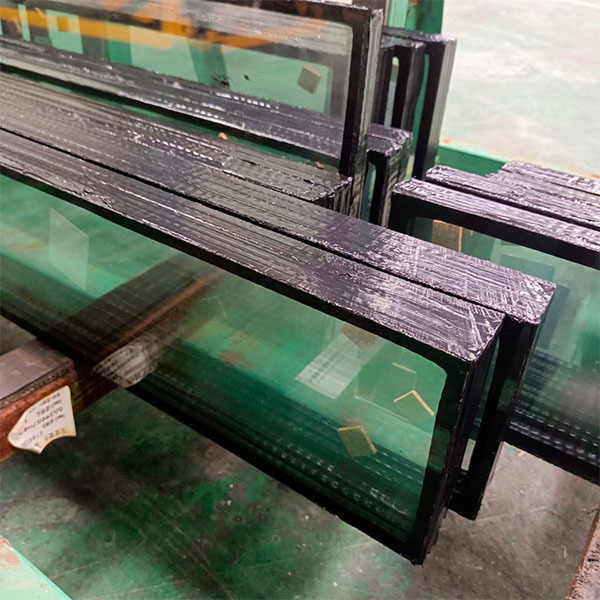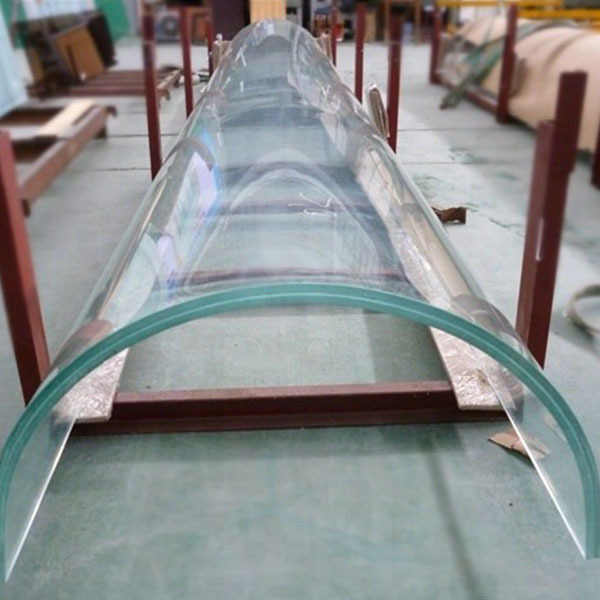Understanding Tempered Glass: A Comprehensive Guide for Professionals in Architectural and Decorative Materials
Release Time:
2025-10-09
Tempered glass, also known as toughened glass, is a heat-treated glass that has undergone a process to enhance its strength and thermal resistance. This unique treatment involves heating the glass to over 600 degrees Celsius and then rapidly cooling it, which creates internal compressive stresses. As a result, tempered glass is significantly stronger than standard glass, making it an ideal choice
Tempered glass, also known as toughened glass, is a heat-treated glass that has undergone a process to enhance its strength and thermal resistance. This unique treatment involves heating the glass to over 600 degrees Celsius and then rapidly cooling it, which creates internal compressive stresses. As a result, tempered glass is significantly stronger than standard glass, making it an ideal choice for various architectural applications.
One of the primary benefits of tempered glass is its safety features. When broken, it shatters into small, blunt pieces rather than sharp shards, reducing the risk of injury. This property makes it particularly suitable for environments where safety is a concern, such as in buildings, facades, and shower enclosures. Moreover, tempered glass can withstand high temperatures and thermal stress, making it a reliable choice for installations that may experience sudden changes in temperature.
In addition to its strength and safety features, tempered glass offers aesthetic advantages. It can be manufactured in various thicknesses and finishes, allowing architects and designers to achieve the desired look for their projects. Furthermore, tempered glass can be coated or tinted to enhance privacy, reduce glare, and improve energy efficiency. This versatility makes it a popular choice in modern architecture, where both functionality and design are paramount.
Tempered glass is also an energy-efficient option. Its ability to reflect heat can contribute to energy savings in buildings, reducing the load on heating and cooling systems. For professionals in the construction and decorative materials industry, understanding the energy performance of tempered glass is crucial in promoting sustainable building practices.
Installation of tempered glass requires specific considerations due to its unique properties. It is essential for professionals to ensure that the glass is properly supported and installed to maintain its strength and integrity. Additionally, edgework and mounting methods should be carefully planned to prevent any potential issues during installation or use.
In summary, tempered glass is a remarkable material that combines strength, safety, and aesthetics, making it a favored choice in the construction and decorative industries. By leveraging its advantages, professionals can create stunning, safe, and energy-efficient spaces. With its broad range of applications, from residential to commercial settings, tempered glass is an essential element in modern architectural design. Whether you are involved in design, construction, or renovation, understanding the properties and uses of tempered glass will empower you to make informed decisions that enhance both the functionality and appeal of your projects.
One of the primary benefits of tempered glass is its safety features. When broken, it shatters into small, blunt pieces rather than sharp shards, reducing the risk of injury. This property makes it particularly suitable for environments where safety is a concern, such as in buildings, facades, and shower enclosures. Moreover, tempered glass can withstand high temperatures and thermal stress, making it a reliable choice for installations that may experience sudden changes in temperature.
In addition to its strength and safety features, tempered glass offers aesthetic advantages. It can be manufactured in various thicknesses and finishes, allowing architects and designers to achieve the desired look for their projects. Furthermore, tempered glass can be coated or tinted to enhance privacy, reduce glare, and improve energy efficiency. This versatility makes it a popular choice in modern architecture, where both functionality and design are paramount.
Tempered glass is also an energy-efficient option. Its ability to reflect heat can contribute to energy savings in buildings, reducing the load on heating and cooling systems. For professionals in the construction and decorative materials industry, understanding the energy performance of tempered glass is crucial in promoting sustainable building practices.
Installation of tempered glass requires specific considerations due to its unique properties. It is essential for professionals to ensure that the glass is properly supported and installed to maintain its strength and integrity. Additionally, edgework and mounting methods should be carefully planned to prevent any potential issues during installation or use.
In summary, tempered glass is a remarkable material that combines strength, safety, and aesthetics, making it a favored choice in the construction and decorative industries. By leveraging its advantages, professionals can create stunning, safe, and energy-efficient spaces. With its broad range of applications, from residential to commercial settings, tempered glass is an essential element in modern architectural design. Whether you are involved in design, construction, or renovation, understanding the properties and uses of tempered glass will empower you to make informed decisions that enhance both the functionality and appeal of your projects.



